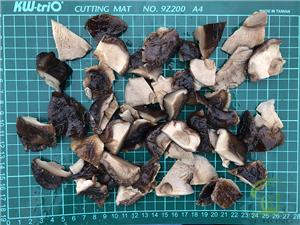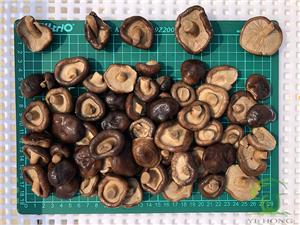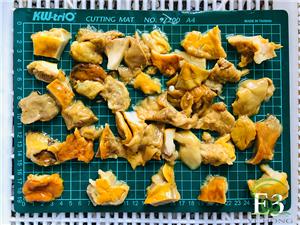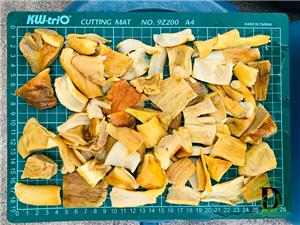¿En qué se diferencian los hongos Nameko de otros hongos?
The difference between slippery mushroom and other mushrooms is first reflected in the uniqueness of taste and flavor. Compared with the mellow and richness of shiitake mushrooms and the softness and juiciness of flat mushrooms, the mushroom cap is thin and tough, the stipe is slender but elastic, and the mouth has a distinct crisp and tender feeling. When chewing, it releases a sweet and umami flavor, and there is no obvious fibrous feeling. It is suitable for scenes that pursue a refreshing taste. For example, in salads, sushi vinegar rice or clear soup, the crispness of slippery mushrooms will not be masked, but can enhance the taste level. However, the flavor of shiitake mushrooms is too heavy and the texture of golden needle mushrooms is soft, which is difficult to adapt in such scenes. In addition, the umami flavor of slippery mushroom is mainly glutamic acid and succinic acid. After heating, it can form a long-lasting freshening effect. It has more memory points than the umami flavor of flat mushroom. It is very suitable for sauces, prefabricated dishes and other products that require long-term flavor preservation.
In terms of nutrition and health attributes, the advantages of slippery mushroom are also prominent. The vitamin D content of slippery mushroom is much higher than that of common mushrooms, and the natural D2 form is more easily absorbed by the human body, which is in line with the consumption trend of natural nutrition. At the same time, the dietary fiber of slippery mushroom is mainly soluble. This fiber can form a gel in the intestine and help regulate digestion. It is suitable for healthy food and complementary food for children.
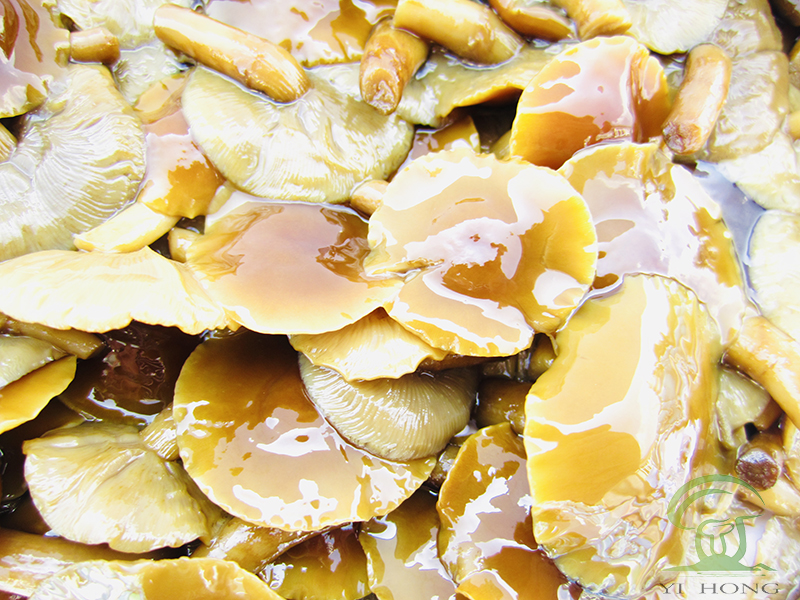
However, the short board of fresh slippery mushrooms has become a pain point for buyers. Slippery mushroom has a thin cover and high moisture content. It is easy to break and brown after picking. The shelf life at room temperature is only 1 day, and the refrigeration at 0 to 4℃ does not exceed 3 days. It is much shorter than mushrooms such as shiitake mushrooms and golden needle mushrooms, and the transportation loss rate is as high as 20% or more, and the procurement cost remains high, making it difficult to meet large-scale commercial needs. And our nameko mushrooms in brine perfectly solves these problems through scientific technology, transforming characteristic advantages into stable commercial value.
Our nameko mushrooms in brine uses a full-process process. After picking the fresh slippery mushrooms, quickly clean and remove the roots to avoid oxidative browning. Then use food-grade refined salt gradient salting, which not only inhibits microbial growth, but also retains the crisp taste and nutrition to the greatest extent. After testing, nameko mushrooms in brine has a very high retention rate of nutrients such as vitamin D and soluble dietary fiber. In addition, nameko mushrooms in brine has a long shelf life at room temperature and a low transportation loss rate, which can reduce the warehousing and logistics costs of buyers.
Para los compradores del lado B, estohongos nameko en salmueraes más adaptable comercialmente. En el campo del procesamiento de alimentos,hongos nameko en salmueraSe puede utilizar directamente en la producción de conservas y salsas sin necesidad de esterilización adicional. La salinidad estable también se puede regular con precisión mediante desalinización para adaptarse a las diferentes necesidades del producto, evitando así la necesidad de champiñones frescos y resbaladizos. Esto implica una inversión adicional en equipos de esterilización y costos de cadena de frío. En el sector de la restauración,hongos nameko en salmueraPuede restaurar el sabor crujiente y dulce del umami después de la desalinización y la cocción. Es ideal para ensaladas, pastas y otros usos, y la calidad del lote...hongos nameko en salmueraes consistente, lo que puede ayudar a las cadenas de restaurantes a mantener la estandarización de los platos y evitar las fluctuaciones de sabor causadas por el origen y la temporada de los alimentos frescos. hongos resbaladizos

